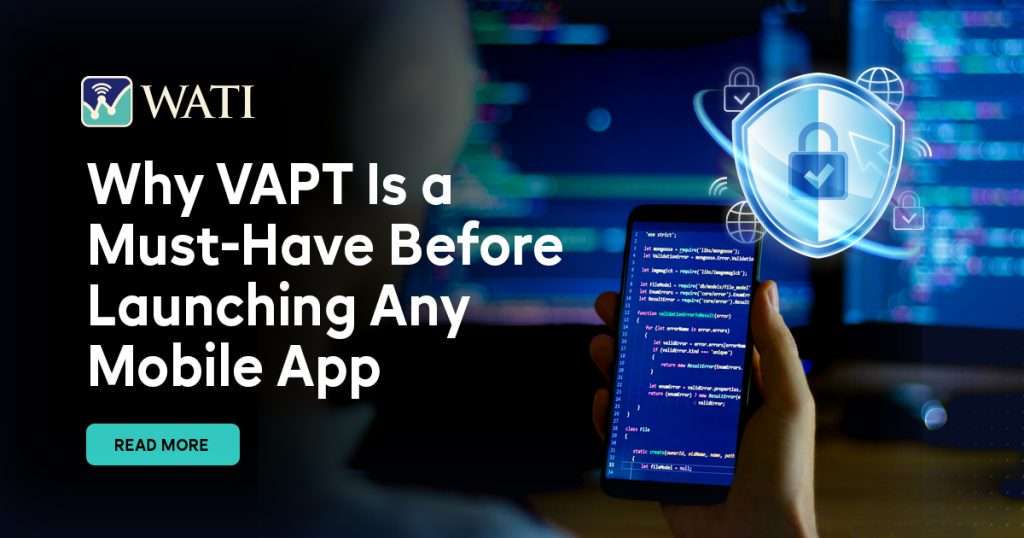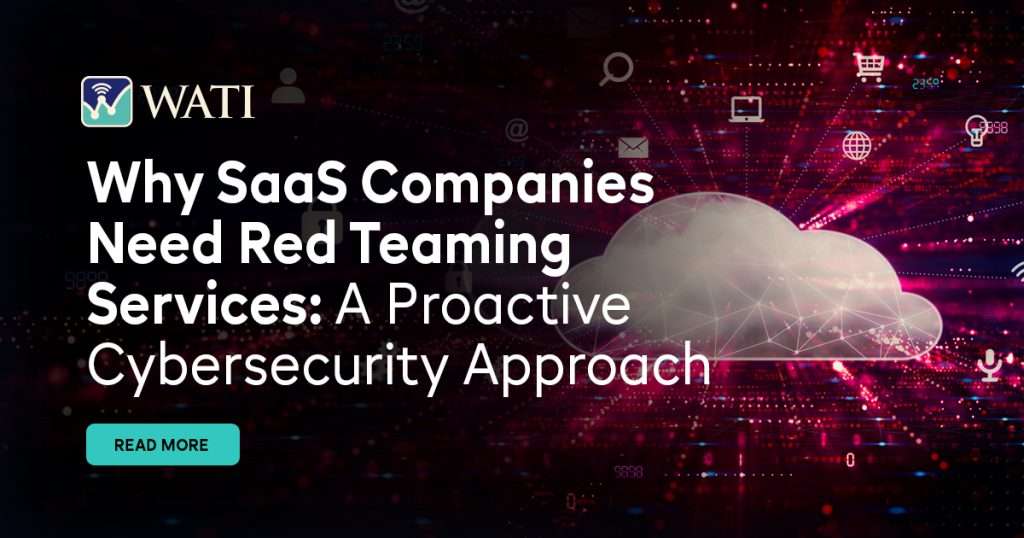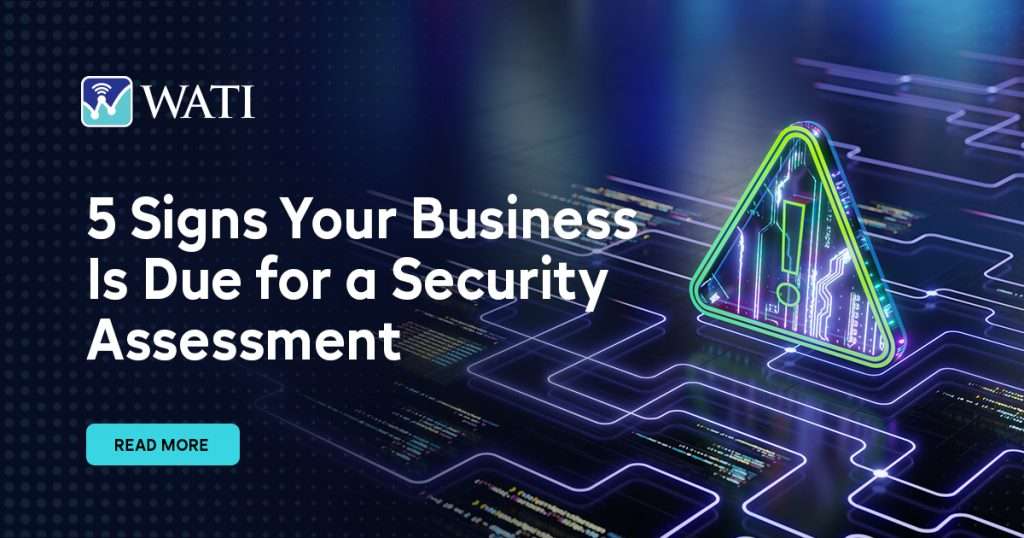For SaaS businesses running cloud-based software services for consumer or business users, cybersecurity is a crucial concern and may even cause an existential threat.
Keeping tabs on cybersecurity for your business and that of your users is a journey. It’s never too late to begin, and it’s likely never at the finish line. As the cybersecurity landscape continues to evolve and today’s threats become more sophisticated, this checklist helps your SaaS business cover the most important cybersecurity bases in 2022.
1. Regular Compliance Checks:
An important way for SaaS providers to gain the trust of businesses and consumers is that they demonstrate compliance with relevant security frameworks (NIST, ISO27001, SOC 2 Type 2, PCI DSS, HIPAA, etc) and regulations (GDPR, CCPA, etc).
Compliance is not conducive to a set-and-forget approach. Lapses in policies and processes can result in non-compliance, so it’s prudent to conduct regular gap assessment in compliance and plug any gaps found during Vulnerability Assessments and Penetration Testing (VAPT).
2. Zero Trust Architecture:
Embracing zero-trust architecture avoids placing any implicit trust in a user or device accessing your application. This architectural framework becomes particularly relevant in the current times where remote work is the norm. From a SaaS provider perspective, incorporating zero trust principles involves:
- Incorporating access controls to grant access based on what the SaaS application knows about a user or their device
- Encrypting, authenticating, and authorizing all access to the SaaS application
- Using private access keys to identify the source device or user, making an access request
3. Encryption in Motion and at Rest:
Encrypt. Encrypt. Encrypt. That’s the mantra for SaaS companies for data both in motion and at rest. Encryption essentially makes files unreadable by scrambling content to ensure the data remains confidential.
4. Authenticate with SSO and MFA
Providing more advanced and secure authentication options is an important way to increase SaaS application security. Credential compromise and privilege escalation continue to be a primary cause of many data breaches. Users often practice poor password hygiene, including reusing the same password across many applications and choosing passwords that are far too easy to guess.
- Single-Sign-On (SSO) reduces logins to one set of credentials for multiple applications, which mitigates the problem of re-using passwords
- Combined with SSO, Multi-Factor Authentication (MFA) requires users to present additional categories of proof beyond passwords to verify their identities when logging in to applications or trying to access sensitive data within an app
5. Third-Party Application Integrations:
Many SaaS apps have third-party integrations with libraries, frameworks, and even other applications. These integrations provide ready-made functionality for SaaS solutions or they add value to end-users. Regularly audit the security of your application’s third-party integrations and validate data if you want to protect users and their data and maintain trust as a reputable SaaS company.
6. Secure APIs:
If you want your SaaS application to “talk to” other apps and become part of a greater API-driven ecosystem, your development team needs to securely integrate its APIs. Security flaws in APIs expose not only your SaaS clients to cyber attacks, but other connected services and apps also have the potential to become compromised in a cascading effect.
7. SaaS Application Vulnerability Checks:
Threat actors regularly exploit vulnerabilities in applications to devastating effects. Alarmingly, these vulnerabilities often exist in unpatched software for which security updates already exist. That being said, it’s a relatively easy problem to address, security audit (VAPT) will help highlight the issues to be resolved.
Zero-day vulnerabilities are a different beast altogether, because such vulnerabilities haven’t been found yet. The December 2021 Log4j vulnerability exposed potentially thousands of applications to remote code execution vulnerabilities. Frequent red-teaming and bug-bounty programs can help to uncover both known and unknown vulnerabilities, exposing your SaaS application to cyber attacks.
8. Web Application Firewalls:
Web Application Firewalls (WAF) monitor, filter, and block suspicious traffic to and from web-based applications, such as SaaS solutions. By deploying a WAF in front of your SaaS application, you can protect against threats, such as SQL injections, cross-site scripting (XSS), malware attacks, DDoS and more. Just like any firewall, your protection is only as good as the way you configure it. You will want to include firewalls also in your security audit exercises.
9. Source Code Obfuscation:
Obfuscation techniques make the source code of an application unintelligible so that malicious threat actors can’t inject or modify the code and try to find vulnerabilities. Techniques include renaming variables, inserting dummy code, and encrypting strings. It’s possible to reverse engineer obfuscated code but the time and skills required deter most adversaries from doing so.
Closing Thoughts:
That rounds up the list of essential cybersecurity considerations for SaaS providers during 2022. Adhering to the principles in this list dramatically decreases the probability of any potential compromise of your SaaS solution. In a world where clients increasingly prioritize security when choosing SaaS vendors, following this checklist can make the difference between continuing to win new clients as opposed to facing business existential threats.



